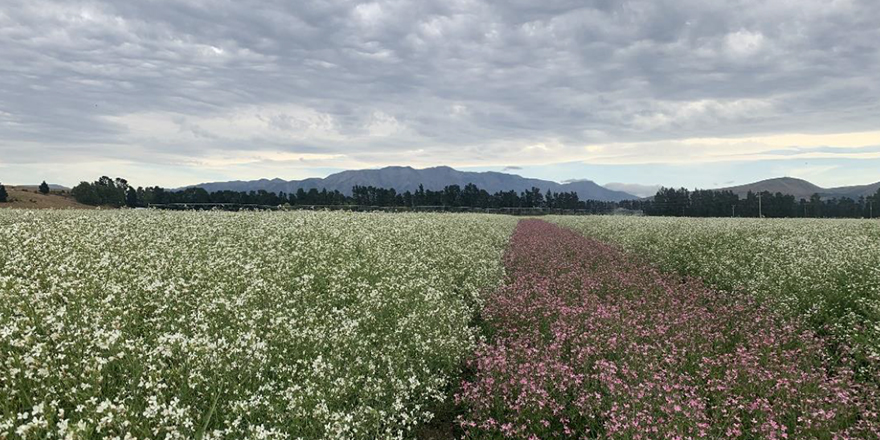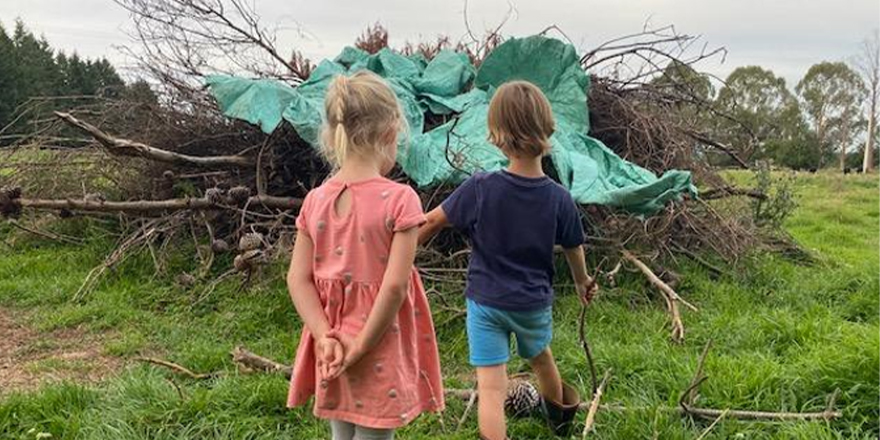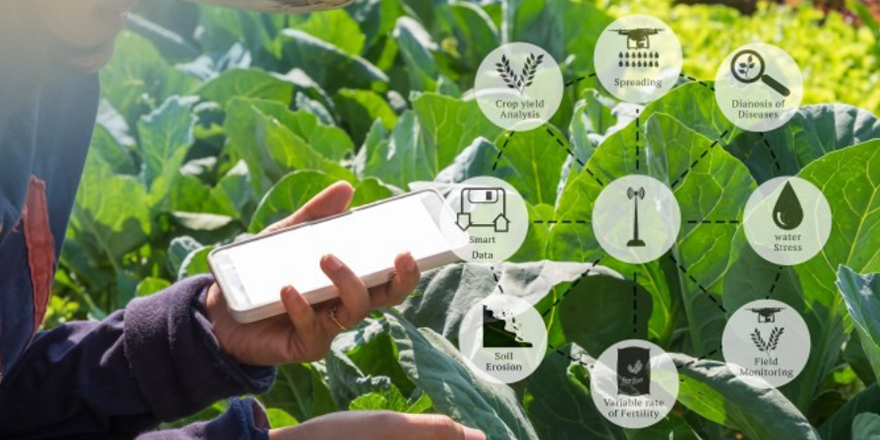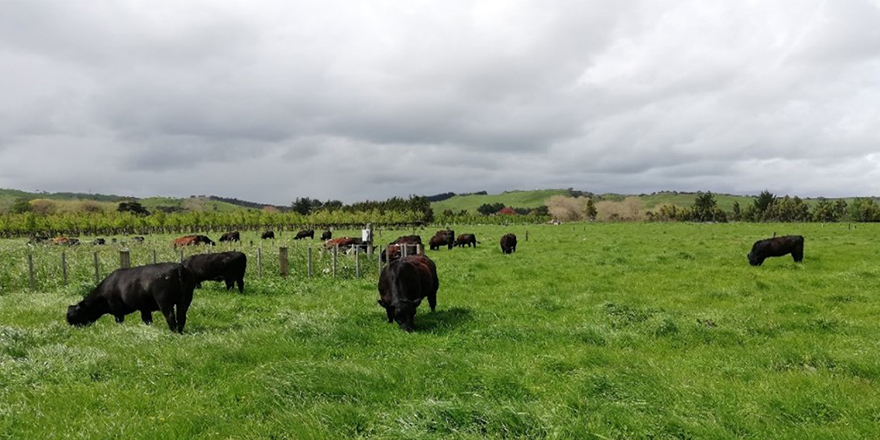Executive summary
It makes sense to look at disruptive technology within agriculture when so many other industries have been disrupted. Music (iTunes, Spotify, Pandora), books (Amazon, Book Depository), travel agents (TripAdvisor), transportation (Uber, Tesla), accommodation (AirBnB), entertainment (Netflix), insurance (Trov), recruitment (LinkedIn) or energy (Flick) have all been affected. What all have in common is a lack of physical infrastructure. None of them own stores, factories, hotels, generation sites or shopping outlets. Instead their infrastructure is digital and their domain ends in .com.
This project’s literature review, case studies and industry interviews suggest disruption is already alive and well within Agriculture’s value chain. My prediction is that such disruption will only accelerate as new technologies become more open and affordable making it the norm rather than the exception. New Zealand agriculture is not immune, and the message is clear: disrupt your own model before someone else does.
his project’s specific focus is on where I believe the greatest value is being lost between farmer and consumer: the retail space. The space that is closest to the consumer and the one facing the most disruption from new players often founded or funded by Silicon Valley who know plenty about disrupting industries. When you have the CEOs of Salesforce, Twitter or Disney investing in artisan food brands you know your sector is ripe for disruption.
This project’s findings conclude the term “value chain” is an oxymoron. Something is wrong when return on assets for producer or processor is so low compared to the same returns a manufacturer or retailer enjoys. Unless our value chain changes, the fear is more family farms will decline in profitability as input costs rise with an inability to pass those costs on to consumers. Worse is the potential scenario where more New Zealand family farms fall to corporate or overseas capital. New Zealand has a long and rich history of farming and forms part of our national identity. Agriculture underpins our global exports and our rural communities are responsible for producing two thirds of our export receipt dollars.
This project concludes that we will come full circle seeing farmers re-gain marketing control from their large co-operatives by clustering into smaller, micro farmer producer group brands that come in “underneath” (Christensen 2013) in the same way craft beer brands such as Tuatara, Panhead, Emmersons and Garage Project have disrupted and stolen share and margin from large brewery beer brands (who have had no choice but to buy them knowing they can’t beat them).
Every farm will have their own marketing plan realising they can no longer abdicate their marketing responsibility to their processors who will continue to struggle and fragment due to a decline in stock units coupled with overcapacity. Some will adapt by becoming more flexible through accepting smaller, more individualised toll processing contracts to defend throughput and maintain infrastructure.
These smaller, local artisan farmer producer groups, along with existing iwi or corporate farming groups, will collectively pull resources together to promote their unique brand story fuelled by their distinct Terroir whilst enjoying a direct and unimpeded line of sight to a targeted niche of end consumers who are willing to pay a premium for their produce. Consumers will pay more because they value a deep connection to the food they buy and the people and story behind it such as Kaitiakitanga. As Simon Sinek suggests with his Golden Circle Model, these customers are buying the why rather than the what or how. Identifying their big why, or noble purpose, will be vital for these farming groups to tell compelling and differentiated brand stories to justify higher prices.
This more direct model will create additional value through capturing efficiencies that come from shorter and more disintermediated value chains. These farmer groups will use established technology and social media platforms to regularly communicate and connect with their customers in a way they never could before creating raving fans of their produce. These brand ambassadors will share their experiences online amplifying product visibility – good and bad.
Despite the common notion that smaller family-owned farms are a declining species, this report challenges that theory and predicts small will be cool in the face of an increasing distrust of big, industrialised food companies by a new generation of more discerning caring consumers who have a healthy preference for quality over quantity.
On the basis of the findings in this report, small and local craft farming brands focussed on their distinct terroir and artisan produce will become the new norm and those farming groups that move first will enjoy the spoils most.
St John Craner



